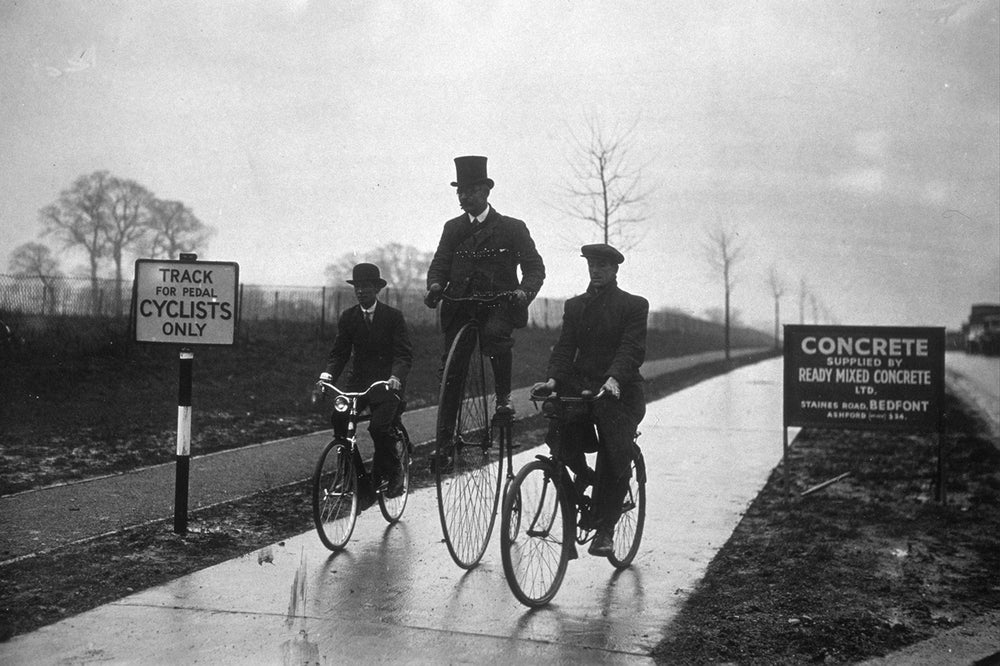February 2, 2021 13 min read
Many of the staples we now take for granted almost fell victim to early cancel culture. But were those early fears — of evil, immorality, or danger — based in reality? Or were our predecessors simply overreacting?
The podcast Build For Tomorrow explores why people freak out when exposed to new things, from refrigerators to teddy bears. Read on to see how today’s daily must-haves once generated angst and angry letters — and to think about what we’re overreacting to today.
(Naturally, it all starts with coffee.)

Image Credit: Hulton Archive | Getty Images
Coffee brewed centuries of widespread suspicion. In 1511, it was banned in Mecca for fostering “radical thinking.” A century later, Venetian clergy saw something more sinister and condemned “the bitter invention of Satan.” When asked to weigh in, Pope Clement VIII surprisingly enjoyed it so much he granted papal approval, even declaring, “this devil’s drink is so delicious… we should cheat the devil by baptizing it,” opening the door for today’s Italian coffee culture.
Anyone caught caffeinating in the 17th-century Ottoman Empire faced dire consequences: second-time violators were to be sewn into a bag and thrown into the waters of the Bosporus.
Meanwhile, coffee gradually replaced wine and beer as the breakfast drink of choice as drinkers realized it was a more energizing way to start the day. But when the beer industry complained in 1777, Frederick the Great of Prussia ordered his subjects to ditch the coffee and resume drinking their breakfast beer.
At the same time, though, London coffee houses became popular with artists and merchants. The Boston Tea Party solidified America’s allegiance to the bitter brew. As the coffee trade flourished, Thomas Jefferson proclaimed coffee as “the favorite drink of the civilized world,” and we never looked back.
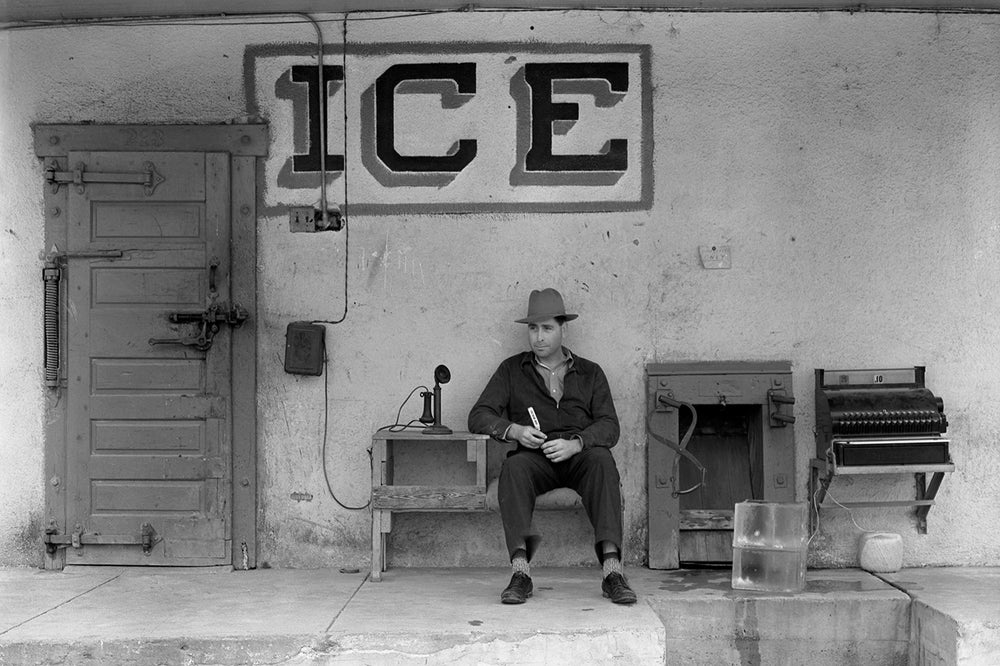
Image Credit: Buyenlarge | Getty Images
Big business tried to ice the modern refrigerator, calling it “unnatural” and “unhealthy.” After all, the 1800s-era ice industry employed 90,000 people and was worth $660M (in 2010 dollars). Ice was second only to cotton as America’s most valuable export.
That’s why door-to-door ice delivery men of the early 20th century mounted a fierce campaign to freeze out the technology and protect their livelihoods. They did have a legitimate beef: the earliest electric refrigerators occasionally leaked toxic methyl chloride. Plus, the first “modern” refrigerator debuted in 1927 at a whopping $520, while a brand-new Model T cost only $360!
But the ice industry just couldn’t compete with the dripless convenience — especially when Freon soon made the appliances cheaper and safer. New Deal programs that brought electricity to rural America further froze out the icemen. By 1940, 44% of homes had a fridge. By 1950, they were in 90% of urban homes.
Since then, the icemen no longer cometh, and our relationship with food has completely transformed.
Image Credit: Topical Press Agency | Getty Images
Is your sunny afternoon bicycle ride a sign of fitness, leisure — or something far darker?
The public worried about the mental fitness of early “velocipede riders.” By 1894, the New York Times reported that increasing “lunacy” in England “points directly to bicycle riders… there is not the slightest doubt that bicycle riding leads to weakness of mind, general lunacy, and homicidal mania.”
“Wheelwomen” were warned that “this somewhat violent form of recreation left its unmistakable traces upon the delicate feminine frame,” including an enlarged waist, more masculine hands and feet, and the terrifying “bicycle face.”
These physical ailments were nothing compared to the bicycle’s effects on propriety. The New York Times declared, “a large number of our female bicyclists wear shorter dresses than the laws of morality and decency permit, thereby inviting the improper conversations and remarks of the depraved and immoral.” And that was decades before spandex was invented.
But as cities paved roads, cycling clubs and races helped spread the sport. And the ladies? They influenced new step-through designs that accommodated skirts, while also seizing on the personal mobility offered by a bicycle. Many came to see biking as faster and easier than dealing with horses… until the automobile took over. After that, for many decades, the bicycle was treated only as a kid’s toy.
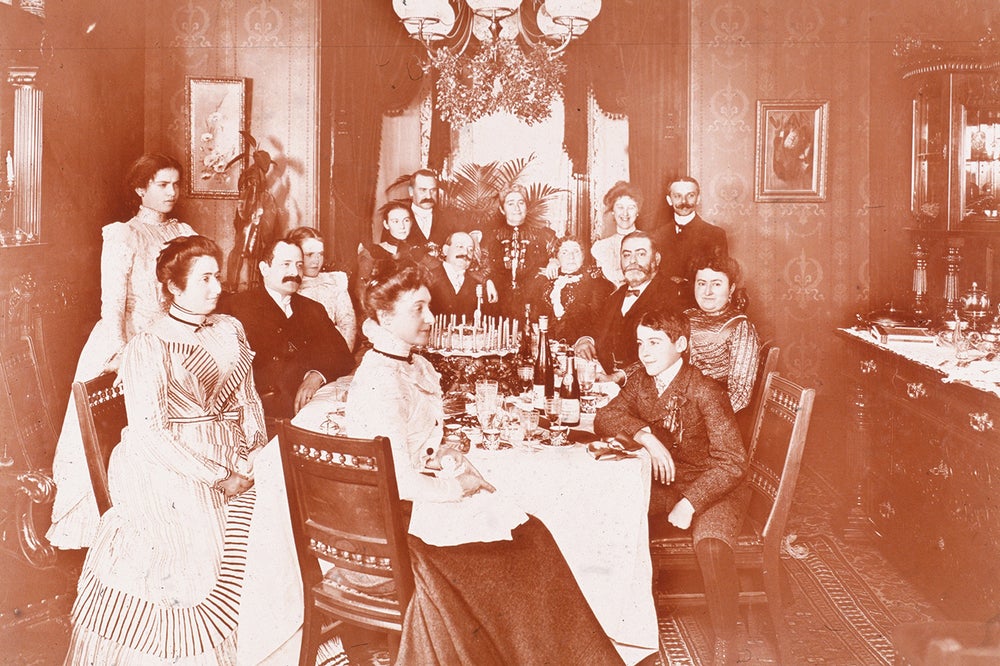
Image Credit: Museum of the City of New York | Getty Images
Won’t you think of the children, and the terrible corrupting effects of birthday parties?
After millennia in which people didn’t recognize (or know) their birthdays, birthday parties became popular in the 1800s. But many worried that these cake-and-presents parties corrupted the very children they were intended to celebrate. Indeed, one 1864 article suggested that children should celebrate by being “a present to anyone that has taken trouble with them,” giving gifts to the important adults in their life and supplying a meal to a poor family.
The danger extended beyond the celebrant. Ladies’ Home Journal warned in 1913 that the “birthday party habit… sows dangerous seeds for the future in child character and habits.” The games and “nervous excitement” encouraged children to participate in rivalry that is “poor preparation for any potentially successful body or mind.” And let’s not talk about the sugary cake.
But emerging marketers saw opportunity. Party-planning books of the 1920s instructed parents on throwing the right type of party, complete with cake, presents, and games — and they overlooked the risk of corruption. Soon it was simply a matter of peer pressure. Post-war miniature golf courses, swimming pools, and McDonald’s further entrenched the tradition, while today’s parents can rent out trampoline parks, inflatable bounce houses, and stores dedicated to letting kids build their own sundaes or teddy bears.
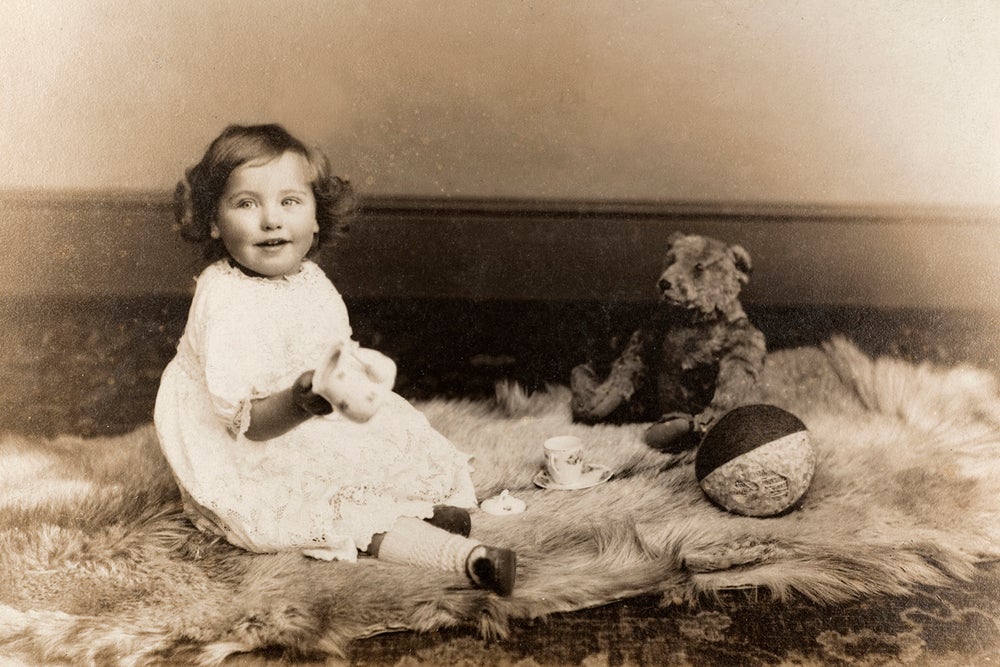
Image Credit: cjp | Getty Images
Have you ever worried that the teddy bear might kill off natural motherly instincts? As the toy tribute to President Theodore Roosevelt spread, pearl-clutchers warned that if teddy bears were not stopped, the result would be “race suicide.”
The leader of the anti-bear movement was a priest named Rev. Michael Esper of St. Joseph, Michigan. In a fiery 1907 speech to his congregation, he warned, “It is a monstrous crime to do anything that will tend to destroy [maternal] instincts. That is what the ‘Teddy Bear’ is doing and that is why it is going to be a factor in the race suicide problem.”
After that, word quicky spread. The Idaho Recorder warned that the teddy bear “is keeping the children from the pleasure of caring for a doll. He can’t wear pretty frocks and dainty underwear, and the little girl who has him for a pet gets no incentive to make these things. Hence she loses the education involved in dainty garments. The Teddy bear is all right for boys, but not for girls.”
Who knew the innocent teddy bear was so destructive?
Once again, popular culture helped ensure the teddy’s survival. “The Teddy Bear Two-Step” also hit dance halls in 1907, just as teddies appeared on jigsaw puzzles, greeting cards, and automobile accessories. Sewing companies sold patterns so girls could fashion tiny outfits for their bears — thus nurturing their motherly instincts. More than a million bears were sold that year, and today’s global stuffed animal and plush toys market is worth nearly $8 billion.
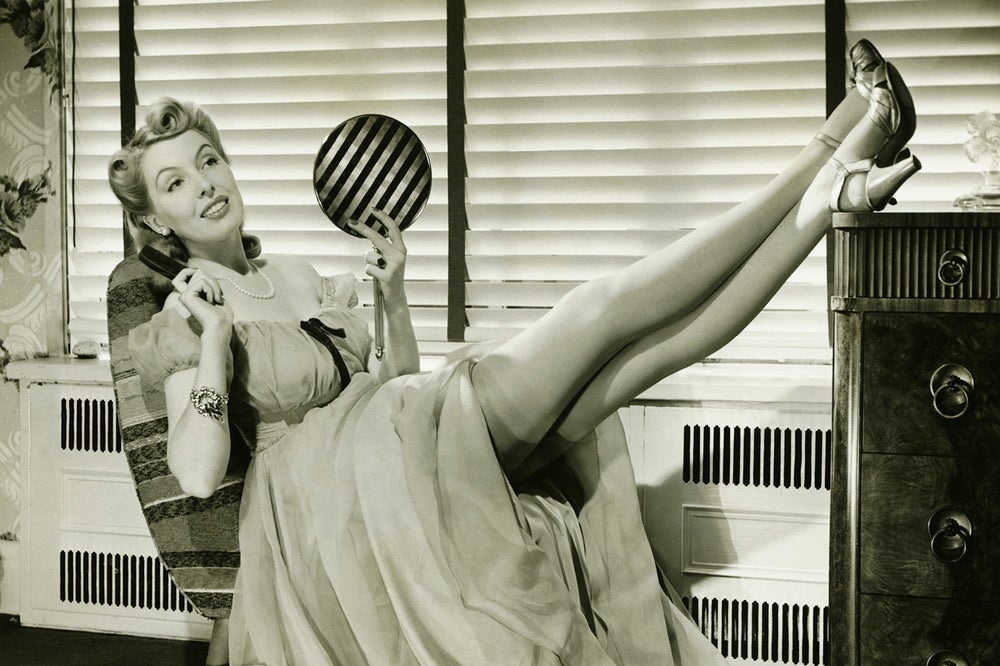
Image Credit: George Marks | Getty Images
Mirrors have long been feared for feeding sinful vanity that can shatter a person. After all, one of the seven deadly sins stems from vanity. And let’s not forget that Narcissus’ downfall began when he saw his own reflection. Mirrored cabinets are called “vanities” for a reason.
Plus, there were centuries of worry about mirrors serving as supernatural portals.
That’s why it was so concerning in the mid-1800s, when modern manufacturing made mirrors affordable. As mirrors began appearing in umbrella tops and powder cases and restrooms, many feared that vanity run amok would halt society’s progress altogether. People would be so caught up in themselves that they would fail to connect with their fellow humans.
Mirrors were cited as the cause of pedestrian accidents, as people wandered into busy streets while staring at their reflections. Elevator operators complained that women spent so much time admiring themselves that they slowed down operations.
Luckily, people learned to coexist with pervasive mirrors in lobbies and pockets, and we even began paying attention to each other again. Well, at least until the smartphone entered our pockets…
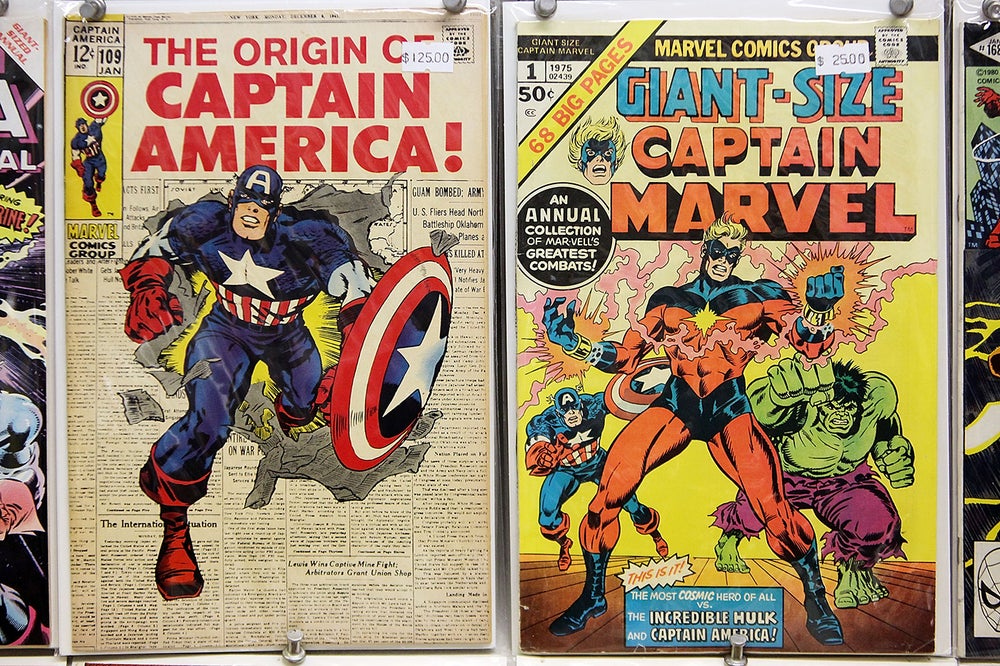
Image Credit: Mario Tama | Getty Images
You know something’s dangerous when the U.S. Senate gets involved. In 1954, the brand-new Senate Subcommittee on Juvenile Delinquency investigated the link between comic books and crime. This followed a decade of comic book burnings, state bans, and hand wringing as “a tidal wave of juvenile delinquency” spread throughout the country.
What was in these terrible books? In truth, they weren’t targeted at kids. They were made for young men, especially soldiers, were the primary audience. Circulation tripled during World War II as soldiers bought ten times more comics than traditional magazines. When those soldiers returned home, they kept demanding comics with a bent towards horror, crime, and the supernatural — and publishers complied.
Naturally, children got a hold of them. Comics were seen as a “national disgrace” linked to heinous crimes, and many worried that glamorizing fictional characters would pollute the hearts and minds of young readers.
Soon after the 1954 hearings, the industry established its own self-censoring Comics Code Authority to sanitize the more violent art while targeting younger, more innocent readers.
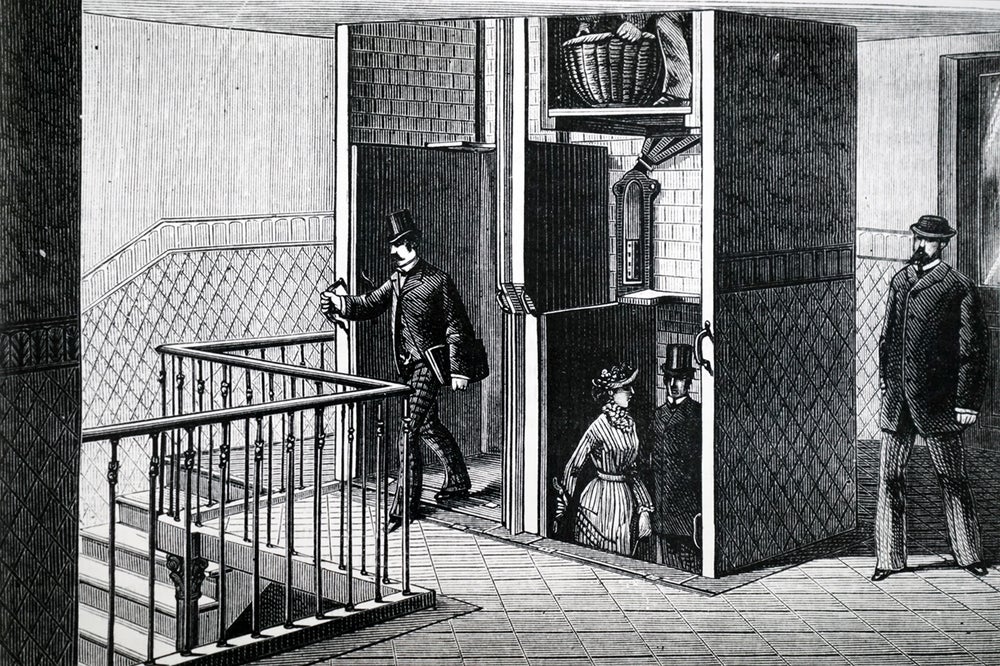
Image Credit: Universal History Archive | Getty Images
As the first skyscrapers rose, elevators quickly became widespread— as did fears of “elevator sickness.” Physicians of the 1890s warned that the rising motion could trigger “brain fever,” plus nausea and faintness. Habitual descents were thought to cause a “disordered condition of the nerves,” particularly when an elevator fell too quickly.
Although passenger elevators had been around since the 1850s, the early ones lacked many of the modern safety features we take for granted, leading to fears of broken cables and falling into open shafts.
With time, elevators got faster and safer. Automatic doors closed to prevent people from stumbling into the shaft. Speed controls and better hydraulics made rides safer and smoother. Bumpers stopped doors from closing on people.
Today, elevators aren’t just a convenience. They’re often essential for multi-story buildings to provide equal access to everyone — access that no longer causes “brain fever.”
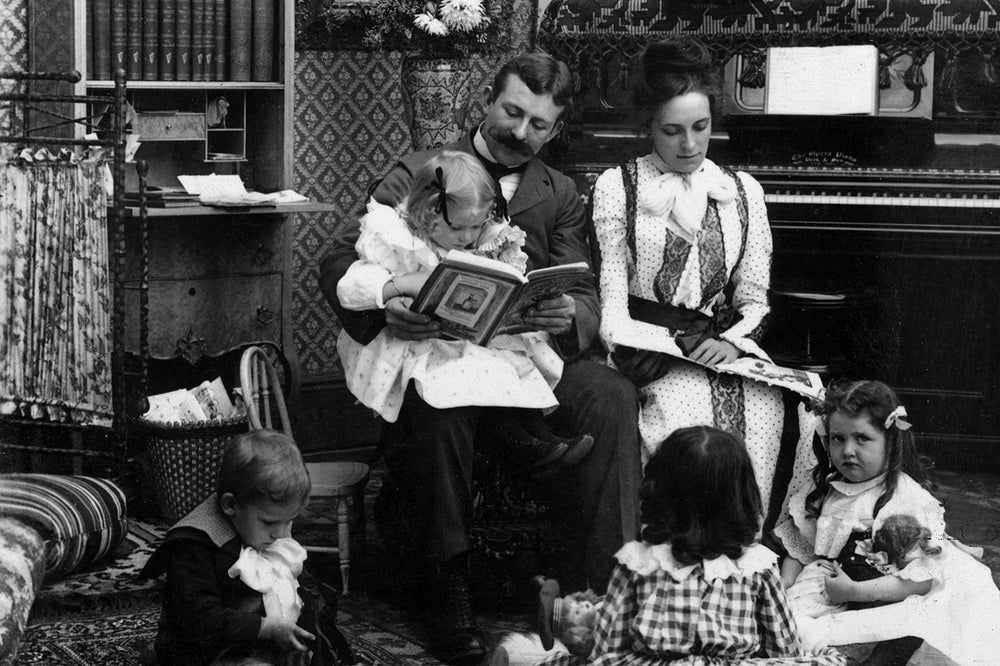
Image Credit: Print Collector | Getty Images
Remember when reading was considered bad, unless it was the Bible or another ancient text? No? Well, let’s take you back to the 19th and early 20th centuries when the battle against novels was very real.
In the 19th century, some viewed the novel as a national enemy “sapping the minds of our youths of all that is manliest and noblest.” Popular dime novels “clogged the mind,” distracting readers from more important, serious books, like the Bible.
Worse, novels were associated with hooliganism and crime, with newspaper accounts warning of the dangerous powers of suggestion.
Even in the 1930s, some still worried that there was something wrong with children who chose to read. In 1938, the St. Petersburg Times suggested that parents reduce the number of books available to children and make reading “inconvenient except for the set time.”
Sounds a lot like screen time, doesn’t it?
Luckily, the morality types soon became more concerned about comic books, which made the novel look far less dangerous.
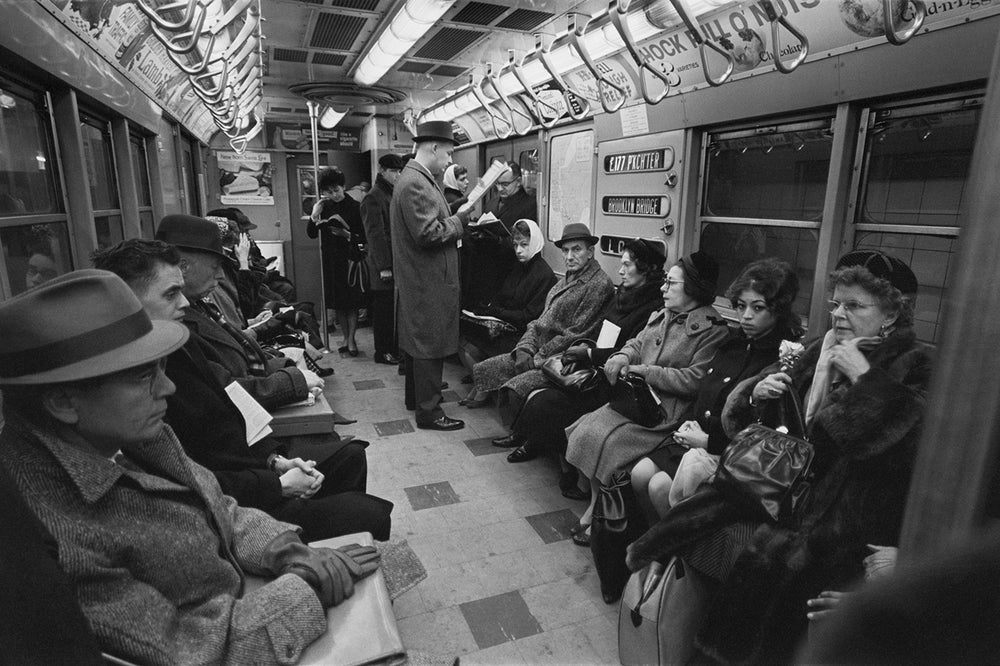
Image Credit: Bettmann | Getty Images
Once upon a time, people believed that the Earth was hollow, which meant that hell was directly beneath their feet.
That lingering fear helps explain why early subway systems got so much bad press.
One Boston religious leader warned that the subway was a “project of Lucifer himself,” while others warned that the subway “disturbed the dead” as excavators stumbled on unmarked graves. And wasn’t that below-ground air dangerous to breathe?
To allay these fears, early subway stations were whitewashed and brightly lit with the newest electric lights. As people ventured into the stations, fear turned to awe of the engineering marvel. Word spread. The convenience certainly helped, too — especially since the nation’s first subway system helped riders bypass the terrible Boston traffic.
Decades later, subways were trusted as shelters for air raids and potential nuclear attacks. And today, 180 subway systems serve billions of riders each year.
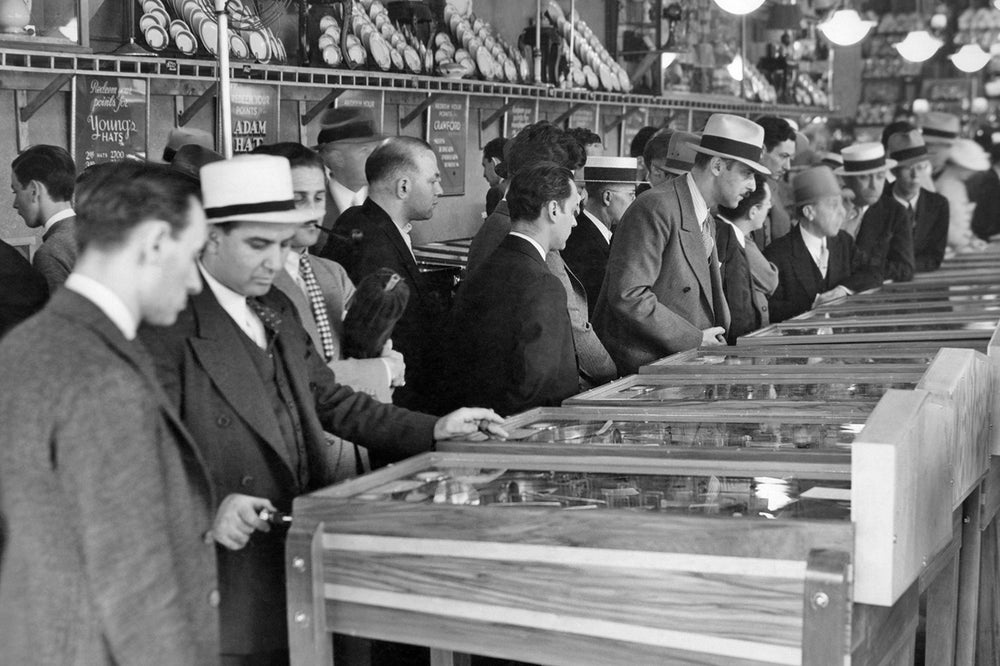
Image Credit: ClassicStock | Getty Images
Did you know that pinball made it all the way to the Supreme Court in 1974, when they ruled that the game involved more skill than chance?
By then, pinball machines had been banned for decades, hidden in seedy bars and basements. Since early machines lacked flippers, the game relied on chance — and thus constituted child-corrupting gambling.
Authorities feared that pinball encouraged children to ditch school and skip meals. In a filing for that Supreme Court case, New York Mayor Fiorello La Guardia wrote that pinball machines robbed the “pockets of schoolchildren in the form of nickels and dimes given them as lunch money.”
Not to mention the mafia connection.
Dramatic Prohibition-style raids followed, with police rounding up machines for Mayor La Guardia to smash with hammers.
Two years after the Supreme Court ruling, the industry made the same argument to the New York City Council with a live demonstration by Roger Sharpe, the best player they could find. The last big ban was overturned, much to the delight of the city department that would bring in $1.5 million through license fees.
Though you still can’t (legally) play on Sundays in Ocean City, New Jersey.
Want more examples of things our ancestors tried to cancel? Check out the podcast Build For Tomorrow. And hear the story of banned teddy bears below!


